In the annals of history, the Medieval Period stands as a testament to the enduring human spirit, a time when knights in shining armor, courtly love, and epic quests captured the collective imagination. The relics and treasures of this bygone era serve as our time machines, transporting us back to an age of grandeur and chivalry.
In this article, we will embark on a captivating journey through history, delving into the Top 20 artifacts from the Medieval Period. These remarkable objects, ranging from legendary swords and illuminated manuscripts to crowns and tapestries, provide us with a tangible link to the past, offering a glimpse into the artistry, culture, and significance that defined the Medieval world.
Table of Contents show
1. Bayeux Tapestry

The Bayeux Tapestry, a masterpiece of embroidery measuring nearly 230 feet in length, is a vivid visual narrative of the Norman Conquest of England in 1066. It offers a unique historical account, depicting the events leading up to the Battle of Hastings. Created in the 11th century, it is a remarkable fusion of art and history, showcasing the artistic and storytelling talents of the time.
2. The Book of Kells
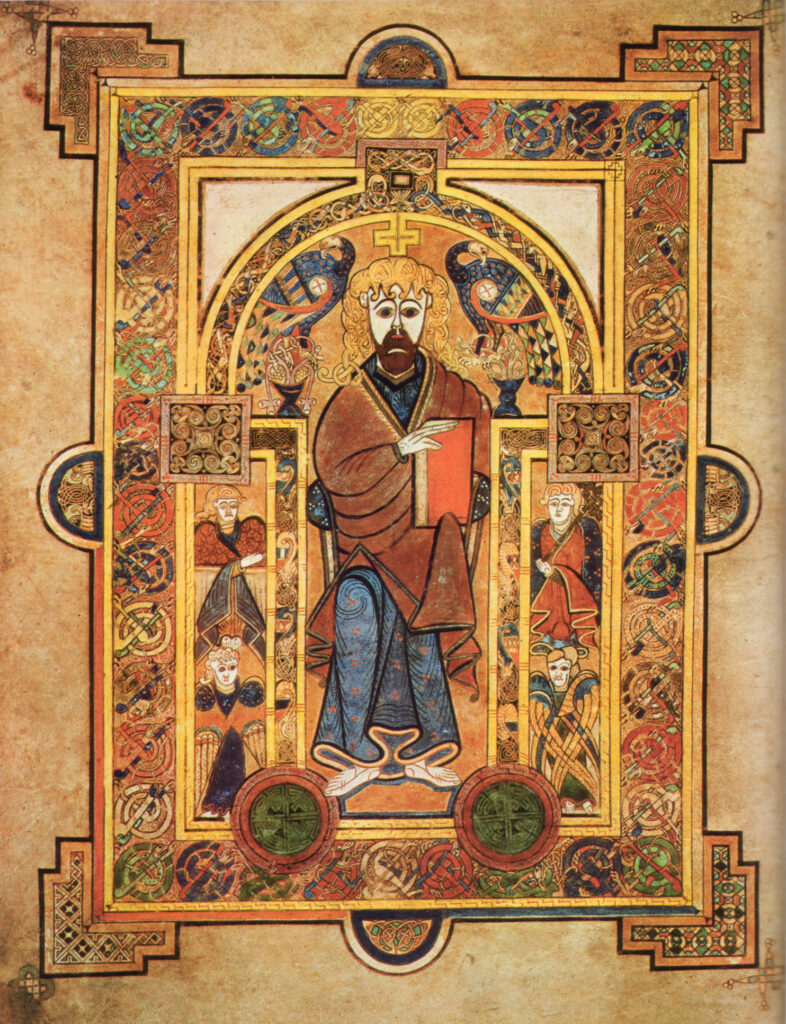
The Book of Kells is an illuminated manuscript that stands as a testament to the artistic and scholarly achievements of the Medieval Period. Created by Celtic monks around the 9th century, it is renowned for its intricate and colorful illustrations, which are intertwined with biblical texts. This book represents a treasure trove of early Christian art and culture.
3. Sutton Hoo Helmet
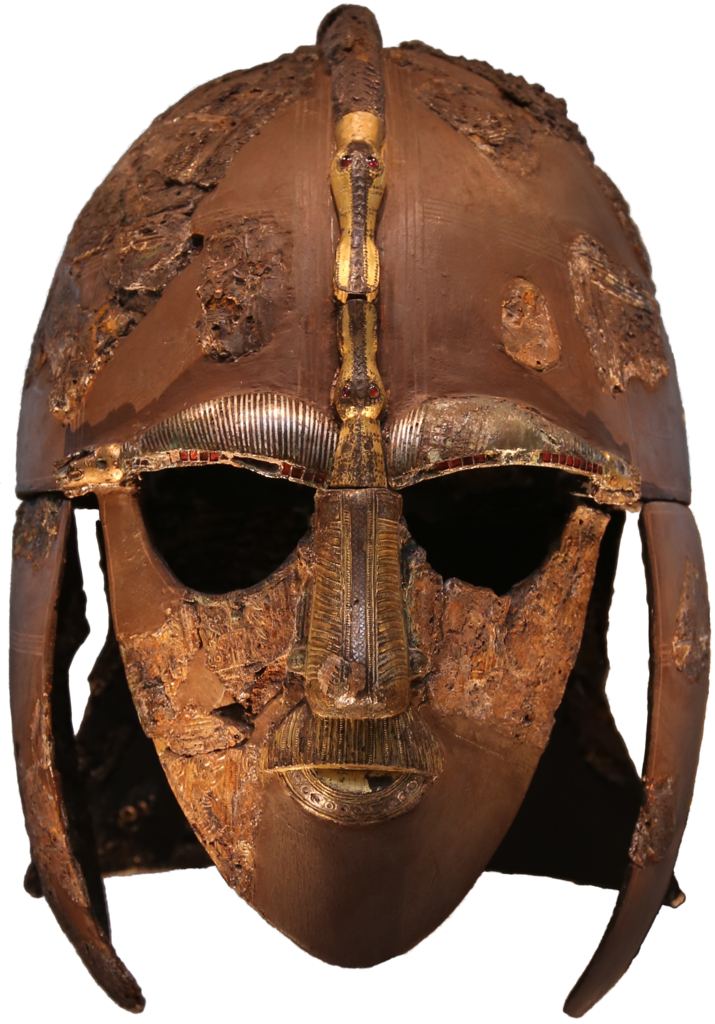
The Sutton Hoo Helmet is a remarkable archaeological find from an Anglo-Saxon burial site in England. This intricately designed helmet is not only a testament to the craftsmanship of the time but also provides insights into the cultural and military aspects of the early Medieval period. It showcases the intricate metalwork and warrior culture of the era.
4. The Magna Carta
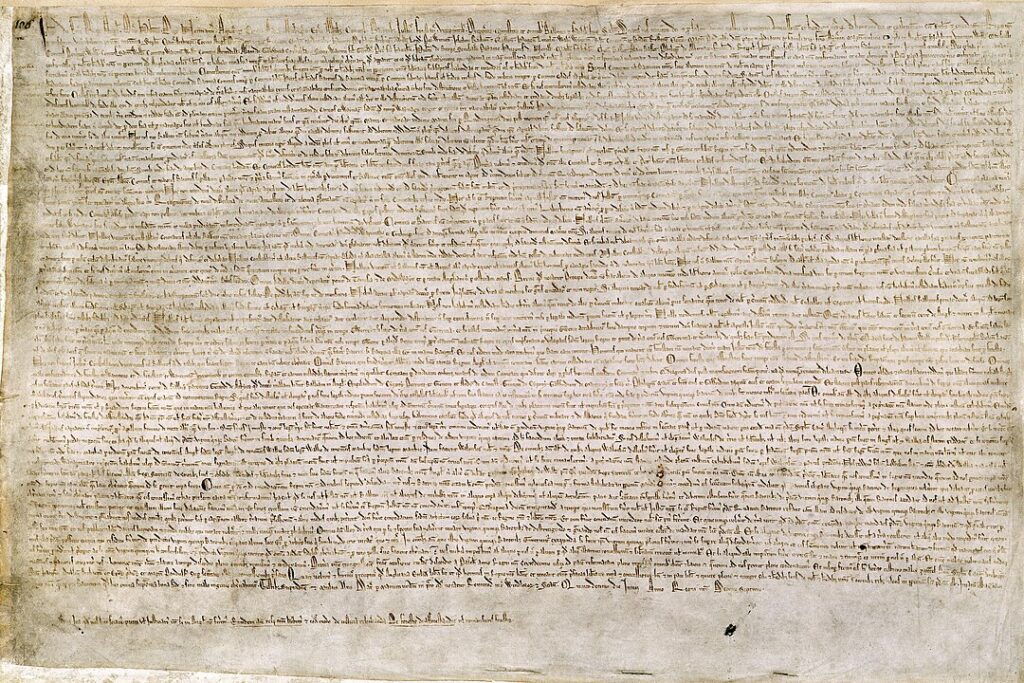
The Magna Carta, also known as the Great Charter, is a foundational legal document from 1215. It was a groundbreaking agreement between King John of England and his barons, which limited the monarch’s powers and established certain legal principles. It laid the groundwork for the development of constitutional law and individual rights, becoming a cornerstone in the evolution of modern democracy.
5. The Crown Jewels of England
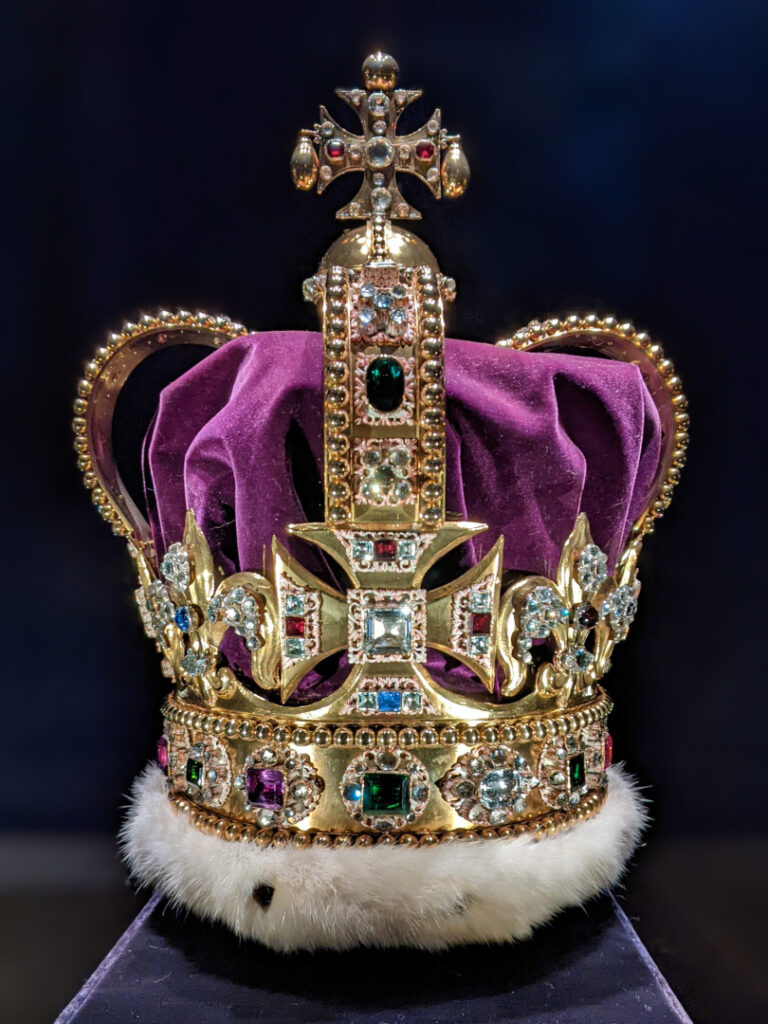
The Crown Jewels of England comprise a dazzling collection of regal ornaments, including crowns, scepters, and royal regalia. These symbols of monarchy have been used in coronation ceremonies for centuries and are not only exquisite examples of craftsmanship but also represent the enduring power and heritage of the British monarchy.
6. The Domesday Book
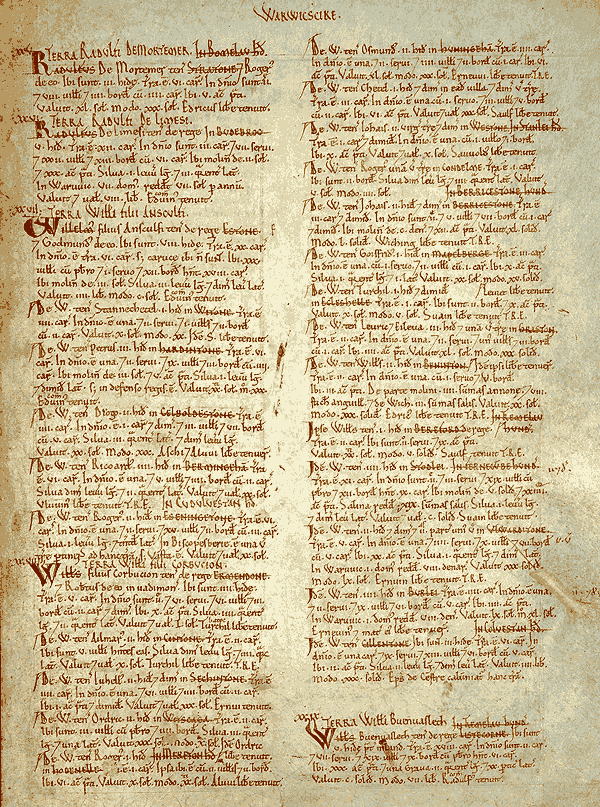
The Domesday Book, compiled in 1086 by order of William the Conqueror, is one of the most comprehensive and systematic surveys of land ownership and resources in medieval England. It offers invaluable insights into the social and economic structure of the time, serving as a historical record of great importance.
7. The Rosetta Stone

The Rosetta Stone, discovered in 1799 in Egypt, played a crucial role in deciphering ancient Egyptian hieroglyphs. Inscribed with the same text in three scripts—Greek, demotic, and hieroglyphic—it provided the key to understanding this ancient civilization’s language and history, making it a pivotal artifact for the study of Egyptology.
8. The Gutenberg Bible

Johannes Gutenberg’s printing press revolutionized the dissemination of knowledge during the late Medieval Period. The Gutenberg Bible, printed around 1455, was one of the first major books produced with movable type. This innovation marked the dawn of the age of mass communication and had a profound impact on the spread of information and ideas.
9. The Bury St Edmunds Cross Or Cloisters Cross
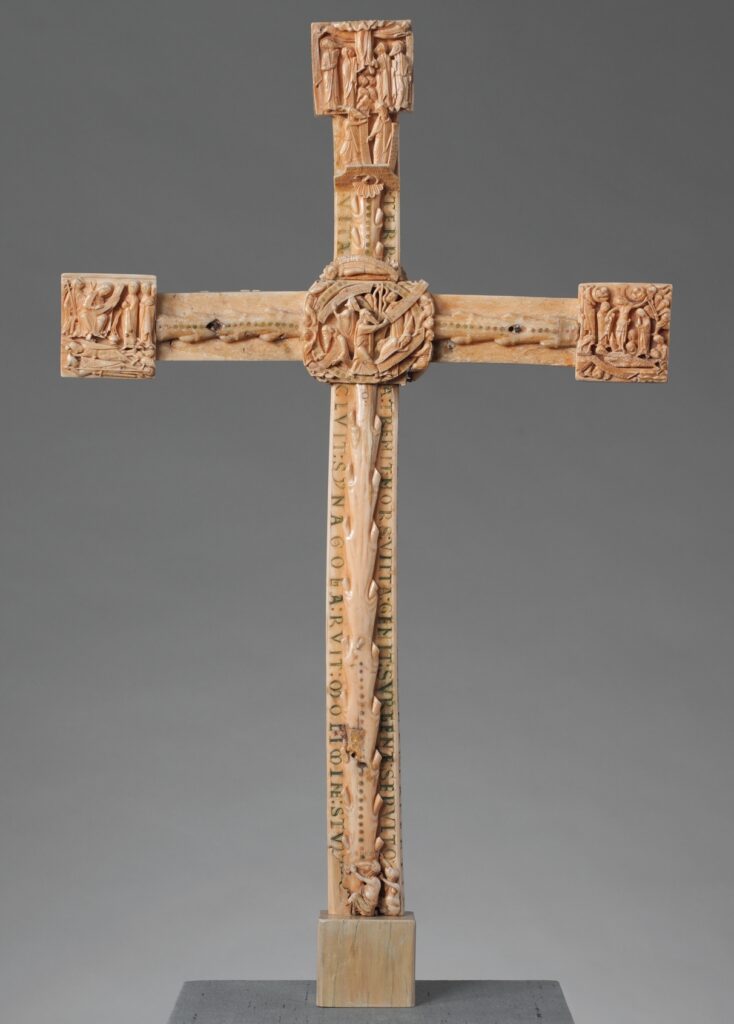
The Bury St Edmunds Cloisters Cross, also known as the Cloisters Cross, is a stunning example of medieval goldsmith work. Created in the late 12th century, it is a processional cross adorned with intricate enamel work and gemstones. This artifact reflects the religious fervor and craftsmanship of the time.
10. The Turin Shroud
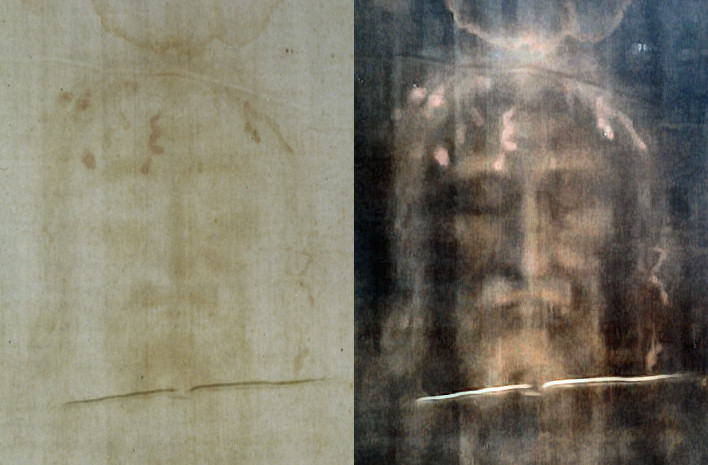
The Turin Shroud is a linen cloth bearing the faint image of a man who appears to have been crucified. It has been the subject of intense debate and speculation for centuries, with some believing it to be the burial cloth of Jesus Christ. The shroud’s authenticity continues to be a topic of fascination and study.


